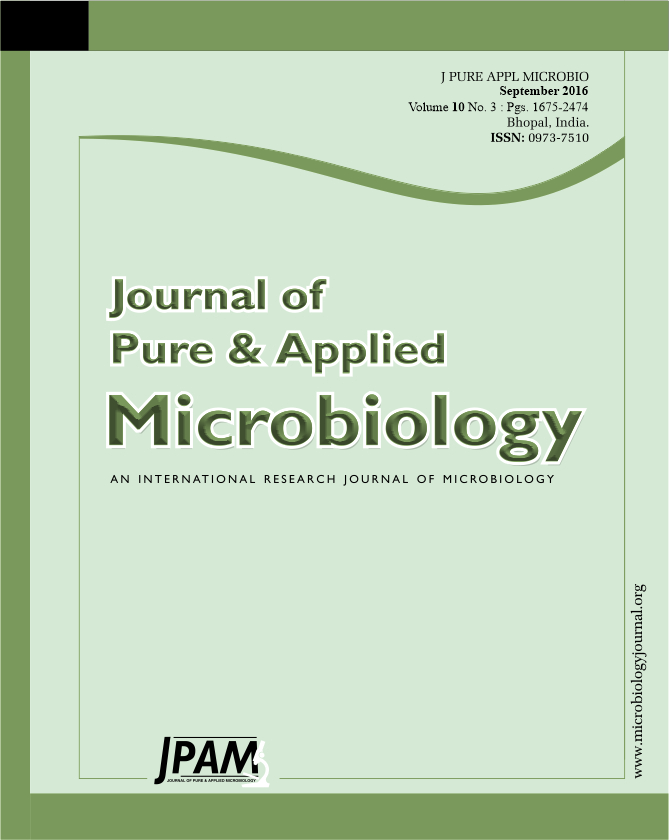The rhizome (root) of turmeric (Curcuma longa) has long been used in traditional Asian medicine to treat various human body disorders. In this study, we have carried out the phytochemical analysis and anticandidal examination of the ethanolic extract of Curcuma longa rhizome. Phytochemical analysis of the test extract revealed the presence of alkaloids, tannins, amino acids, cardiac glycosides, and diterpenes. In GC-MS analysis, the major compound found was aromatic (ar-) tumerone (32.73%). Antifungal activity of the test extract was investigated against fifteen fluconazole-sensitive and five fluconazole-resistant Candida isolates. Minimum inhibitory concentrations (MIC90) ranged from 600 to 2400 µg/ml for both sensitive and resistant strains. Ergosterol content was drastically reduced by the test extract (MIC90), 54.8 % in sensitive and 58.2 % in resistant isolates. The drop in sterol content correlated well with MIC90 values. It appears that the test extract acts in a dose-dependent fashion to decrease the ergosterol content in treated samples. Cellular toxicity of test extract against H9c2 rat cardiac myoblasts was less than 12% at the highest MIC value. These findings encourage further development of ethanolic extract of Curcuma longa rhizome.
Curcuma longa, Rhizome, Ergosterol, Candida.
© The Author(s) 2016. Open Access. This article is distributed under the terms of the Creative Commons Attribution 4.0 International License which permits unrestricted use, sharing, distribution, and reproduction in any medium, provided you give appropriate credit to the original author(s) and the source, provide a link to the Creative Commons license, and indicate if changes were made.


